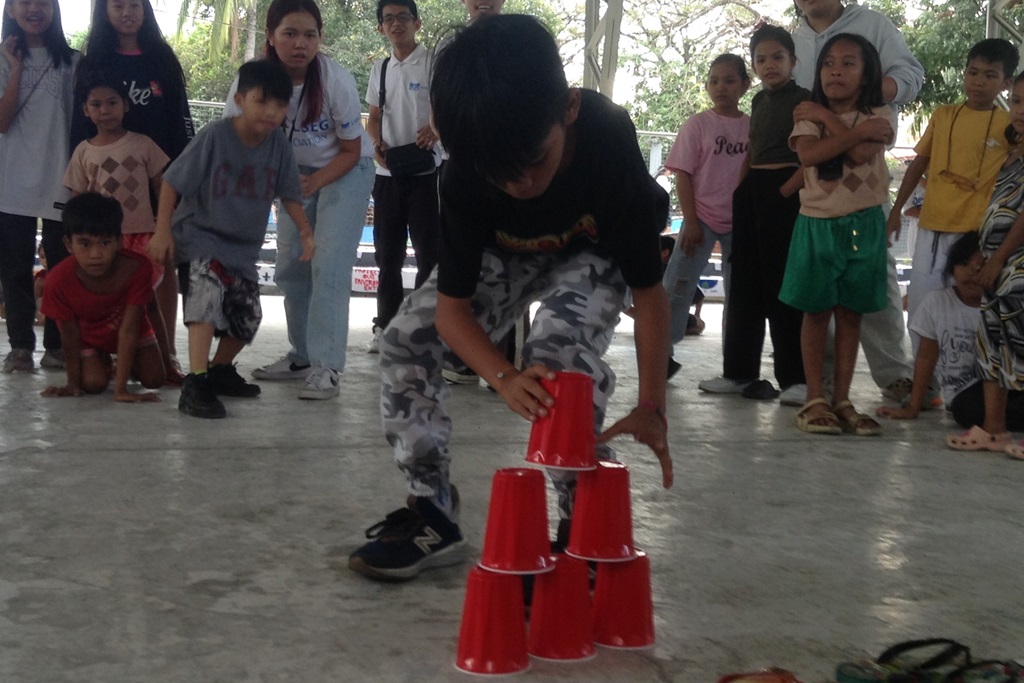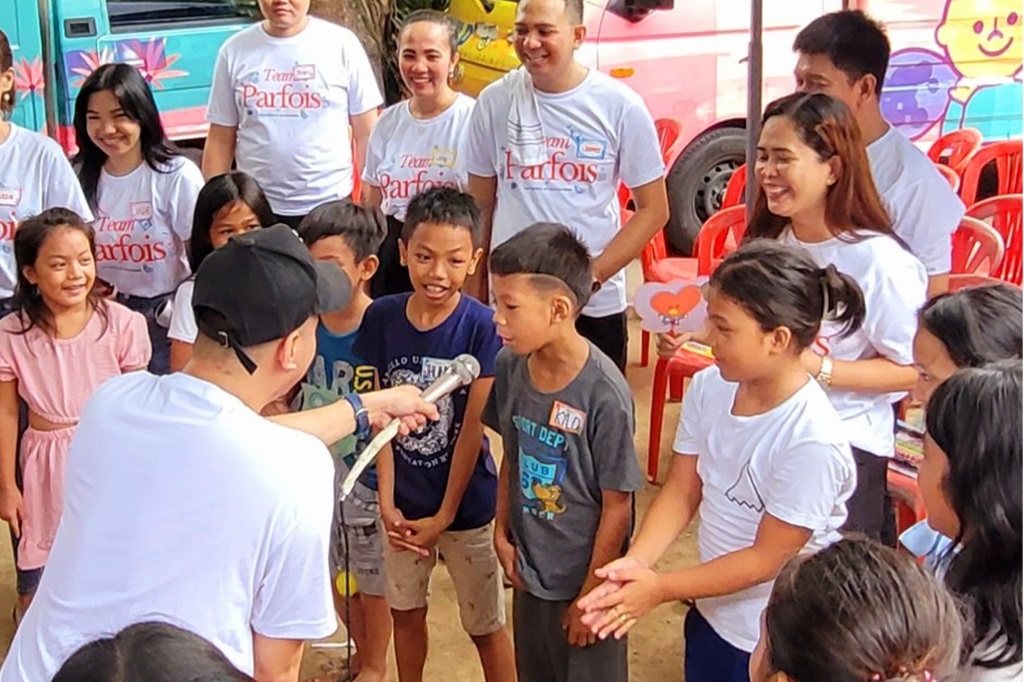Play is one of the most natural and effective ways for children to learn. Through play, they explore their world, develop critical skills, and build a foundation for lifelong learning. Play-based learning, a structured and intentional educational method, harnesses this natural curiosity by combining fun with purposeful activities. It goes beyond traditional rote memorization or unstructured free play to provide children with a holistic approach to education.
This method is increasingly recognized for its ability to nurture physical, emotional, social, and cognitive development. By fostering creativity and problem-solving skills, it prepares children to navigate both academic and real-world challenges with confidence.
In this article, we’ll explore what makes this learning type so impactful. From its key principles and developmental benefits to its challenges and activities, you’ll discover why it is a transformative approach in early childhood education, and how using it makes a world of difference.
What is Play-Based Learning?
Let’s dig a little deeper on play-based learning. As mentioned earlier, it’s an intentional teaching method where structured play is used as a tool for education. Unlike free play where children engage in activities purely for fun without adult direction, this incorporates guidance to achieve specific learning objectives.
For example, in a play-based learning environment, children play with building blocks. Rather than simply stacking them, they would be guided to count the blocks, sort them by color, or construct a specific design. These activities weave in concepts of problem-solving and creativity, helping children learn while having fun.
By fostering exploration, experimentation, and risk-taking in a safe space, this encourages young children to build confidence and develop skills at their own pace.

The 5 Core Elements of Play-Based Learning
This learning isn’t just about letting children play aimlessly; it also incorporates key components to guarantee that the experience is meaningful and educational.
1. Child-Led Exploration
At the heart of this approach is the freedom for children to lead their activities. By allowing kids to choose what and how they want to play, this element ensures they are actively involved in their learning journey. Whether it’s building a tower or engaging in imaginative role-play, child-led exploration fosters curiosity, creativity, and self-direction.
2. Joyful Experiences
Activities are designed to be fun and rewarding, sparking enthusiasm in children as they learn. This sense of joy makes learning a positive experience, creating an emotional connection that encourages children to explore further and stay engaged.
3. Purposeful Play
While children may feel like they’re “just playing,” their activities are designed to align with developmental milestones or educational goals. For example, pretending to run a store can teach early math concepts like counting and adding, while storytelling can enhance language skills.
4. Collaborative Interaction
Social connections are a significant part of this method. Through shared play experiences, children learn to communicate, negotiate, and cooperate with peers and adults. These interactions help build essential social skills, including teamwork, empathy, and problem-solving.
5. Learning Through Experimentation
Play encourages children to test ideas, make mistakes, and try again without fear of judgment or punishment. Whether it’s figuring out how to balance a block tower or solving a puzzle, this safe and supportive environment emboldens them to develop critical thinking and resilience through experimentation.
Parten’s Six Stages of Play
In 1932, sociologist and researcher Mildred Parten developed a framework that describes how children’s play evolves as they grow and develop socially. These six stages of play highlight the progression from independent play to more cooperative, group-based activities, reflecting their growing social awareness and interaction skills.
1. Unoccupied Play
This is the earliest stage, where children appear to be engaged in random movements or observations with no clear purpose. While it may seem aimless, it is essential for cognitive and motor skill development.
2. Solitary Play
During this stage, children play alone and focus solely on their activities, showing little interest in others nearby. It is common in toddlers and helps foster independence.
3. Onlooker Play
In this stage, children observe others playing but do not join in. They may watch intently, ask questions, or make comments, demonstrating their growing curiosity and understanding of social interactions.
4. Parallel Play
Here, children play side by side but do not interact directly with each other. They may use similar toys or engage in similar activities, learning from observation while focusing on their own play.
5. Associative Play
At this stage, children begin to interact more with others during play, sharing toys or ideas without a structured goal. It represents the early stages of social play and collaboration.
6. Cooperative Play
This is the most advanced stage of play, where children actively engage with one another to achieve shared goals or participate in structured activities. It involves teamwork, rule-following, and negotiation.

The Role of Play-Based Learning in Child Development
When children play, they are not just having fun—they are also building the foundation for their future. It touches every aspect of a child’s growth.
- Physical Development: Activities like drawing, running, or crafting enhance fine motor skills and overall coordination.
- Cognitive Development: Guided play encourages critical thinking, creativity, and problem-solving, all essential for lifelong learning.
- Social Skills: Group play helps children develop social abilities like empathy, communication, and collaboration.
- Emotional Growth: By exploring and experimenting in a safe space, children build confidence and adaptability.
Addressing Potential Challenges in Play-Based Learning
While beneficial, it’s not without its challenges. Here are some of its pitfalls.
- Individual Learning Styles: Not all children respond equally to this approach. Some may require more structure or alternative methods to thrive. In this instance, offer guided play sessions for children who need more direction while allowing others to explore independently.
- Parental/Guardian Perceptions: Parents may view play as less effective than traditional learning methods, leading to hesitancy in adoption. That’s why it’s essential to educate them about its proven benefits, such as improved cognitive, social, and emotional development.
- Resource Intensive:Creating this environment requires skilled facilitators, appropriate materials, and sufficient space. In this case, leverage community spaces or outdoor areas for play-based activities. Another way is to seek partnerships with local organizations or donors to fund necessary resources.
- Academic Preparedness: Critics argue that this learning approach may not fully equip children for standardized testing or traditional academic settings. So, balance it with elements of direct instruction when needed. For example, integrate structured literacy or math lessons into playful activities.
Examples of Play-Based Learning Activities
Here are some engaging activities that exemplify the play-based approach.
- Pretend Play: Set up a pretend restaurant or hospital to teach problem-solving and role-playing.
- Building Blocks: Encourage children to construct specific structures to develop spatial reasoning and creativity.
- Nature Walks: Scavenger hunts and outdoor exploration help children connect with the environment.
- Creative Arts: Painting, sculpting, or crafting enhance fine motor skills and self-expression.
Practical Ways to Encourage Playful Learning in Children
- Incorporate Interests: Activities should resonate with children’s passions, like dinosaurs or cooking.
- Set the Scene: Create spaces that encourage exploration, such as a reading nook or art corner.
- Model Enthusiasm: Show excitement for activities to inspire children to join in.
- Pair Children: Collaborative tasks build teamwork and improve communication.

Childhope’s Unwavering Efforts in Making Education Accessible for Street Children
At Childhope Philippines, the transformative power of play-based learning is brought to life through our programs. The Street Education Program incorporates creative, play-based approaches to help street children build skills that go beyond the classroom. By using guided play and role-playing activities, these programs provide a safe and engaging environment for learning.
This effort is more than just education—it’s a lifeline, giving children the tools to break free from the cycle of poverty. Every child deserves a chance to learn and grow through play. That’s why we work tirelessly to bring education closer to street children, using innovative and compassionate methods to inspire a brighter future. You can help make a difference. Donate today and support our mission to transform lives, one child at a time.
